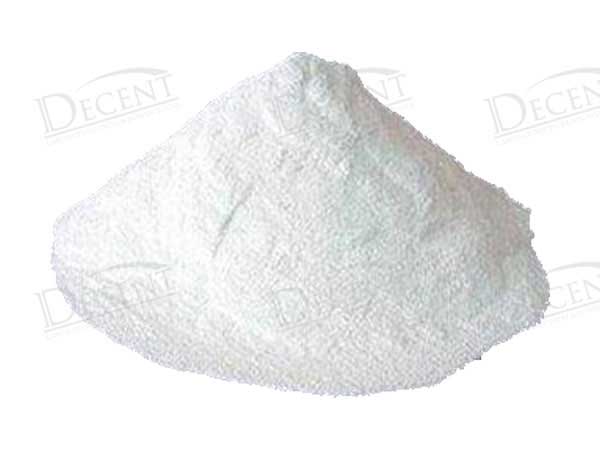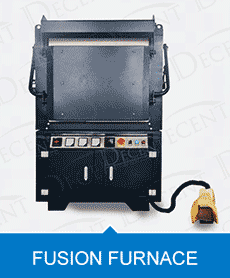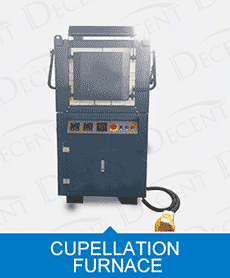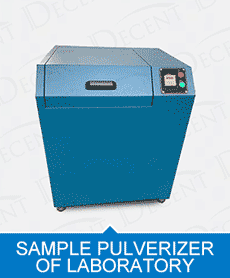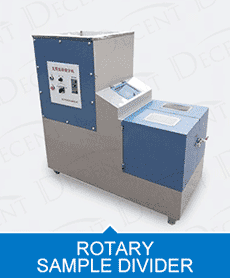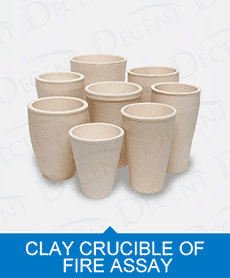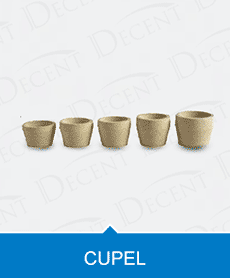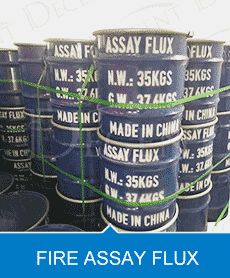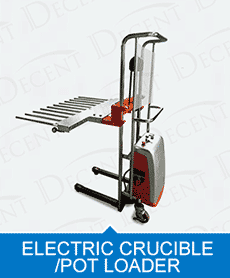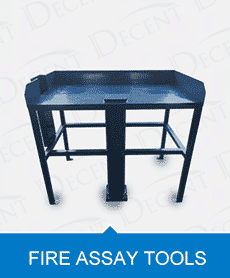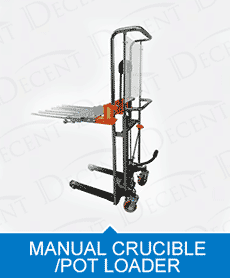Product Details
The scientific name of soda is sodium carbonate
Soda is a kind of chemical raw material,
called anhydrous sodium carbonate, also known as soda ash, soda, sodium
carbonate decahydrate, soda crystal, hydrated soda, washing soda, washing soda
sodium, alkali crystal, crystal soda.
The scientific name of soda is sodium
carbonate, an important basic chemical raw material and the main product of the
soda ash industry. Usually white powder, easily decomposed at high temperature,
easily soluble in water, and the aqueous solution is alkaline. Sodium carbonate
and water generate three hydrates: Na2CO3·10H2O, Na2CO3·7H2O, and Na2CO3·H2O.
Among them, Na2CO3·H2O is the most stable and has a very small heat of
dissolution in water. It is mostly used in the photographic industry. The
product name is Carbon Oxygen. Na2CO3·10H2O, also known as crystalline alkali
or washing alkali, is an endothermic process when it is dissolved in water and
is easily weathered in the air. Na2CO3·7H2O is unstable and can be precipitated
from saturated sodium carbonate solution only in the range of 32.5~36℃.
Chemical formula: Na2CO3
Molecular weight: 105.99
Appearance: white powder or fine crystals
(anhydrous pure product)
Taste: astringent
Relative density (water = 1): 2.532
Melting point: 851°C
Chemical nature
1) The solution is alkaline and can react
with acid: Na2CO3+2HCl=2NaCl+H2O+CO2↑
2) Na2CO3 reacts with alkali:
Na2CO3+Ca(OH)2=CaCO3↓+2NaOH
3) Na2CO3, NaCl reacts with salt:
Na2CO3+BaCl2=BaCO3↓+2NaCl
4) Na2CO3 reacts with CO2:
Na2CO3+CO2+H2O=2NaHCO3
[ Stability ]
It can be decomposed at high temperature to
produce sodium oxide and carbon dioxide. Long-term exposure to the air can
absorb moisture and carbon dioxide in the air, generate sodium bicarbonate, and
form hard lumps. It has strong hygroscopicity, it is easy to form hard lumps,
and it will not decompose under high temperature. There are 3 types of sodium
carbonate containing crystal water: Na2CO3·H2O, Na2CO3·7H2O and Na2CO3·10H2O.
[ Solubility ]
Easily soluble in water, slightly soluble
in absolute ethanol, insoluble in propanol. Sodium carbonate is easily soluble
in water and is a weak acid salt. After being dissolved in water, it undergoes
hydrolysis reaction, making the solution alkaline and corrosive. It can
neutralize with acid to generate corresponding salt and release carbon dioxide.
[ Usage ]
Soda ash is mainly used to produce glass,
such as flat glass, bottle glass, optical glass and high-grade utensils; in the
chemical industry, it is used to prepare sodium salts, metal carbonates,
bleaches, fillers, detergents, catalysts and dyes, etc.; In the metallurgical
industry, it is used to remove sulfur and phosphorus, used in mineral
processing and the production of copper, lead, nickel, tin, uranium, aluminum
and other metals; in the ceramic industry, it is used to prepare refractory
materials and glazes. In addition, soda ash is also required for industrial gas
desulfurization, industrial water treatment, metal degreasing, cellulose and
paper production, and soap manufacturing.
It can be directly used as a raw material
for the pharmaceutical industry. It can also be used in filmmaking, leather
tanning, mineral processing, smelting, metal heat treatment, as well as in the
fiber and rubber industries. At the same time, it is used as wool detergent,
foam fire extinguishing agent, and agricultural seed soaking. Used in fire
fighting equipment to produce acid-base fire extinguishers and foam fire
extinguishers. The rubber industry uses it in combination with alum and H
pore-forming agent to produce uniform pores for the production of rubber and
sponge. The metallurgical industry is used as a flux for casting steel ingots.
Used in the machinery industry as a forming aid for cast steel (sand foundry)
sand molds. In the printing and dyeing industry, it is used as a fixing agent
for dyeing and printing, an acid-base buffer, and a post-treatment agent for
fabric dyeing and finishing. The pharmaceutical industry is used as a raw
material for antacids.
[ RELATED PRODUCTS ]
 Languages
Languages 中文
中文 English
English Español
Español Pусский
Pусский Deutsch
Deutsch العربية
العربية
